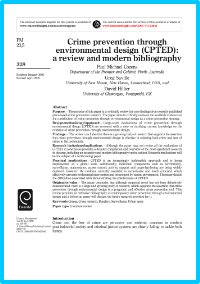By Timothy F. Leslie, Cara L. Frankenfeld & Angela J. Hattery
Background: Police shootings are unevenly spatially distributed, with substantive spikes throughout the USA. While minorities are disproportionately the victims of the police force, social or structural factors associated with this distribution are not well understood. The objective of this work was to evaluate police shootings in relation to victim race or ethnicity and residential segregation and racial diversity.
Methods: Validated crowdsourced data from the Washington Post’s Fatal Force (2015–2020) were linked with census tract-level data from the American Community Survey. Residential minority dissimilarity, interaction, and a racial and ethnic diversity metric were calculated in order to assess the potentially variant importance of evenness in distribution, exposure likelihood, and general representation. Logistic and multinomial regression was used to model associations between segregation and diversity, adjusted for other ecological characteristics. Analyses were stratified by victim race or ethnicity (Black, Asian, or Hispanic).
Results: Across all races combined, the odds of a police shooting in a particular census tract were associated with non-Hispanic Black dissimilarity (OR = 0.98, 95% CI 0.97, 0.99) and racial and ethnic diversity (1.046, 95% CI 1.044, 1.060). Areas with higher racial diversity had a higher likelihood of having a police shooting event with Black victims (OR = 1.092, 95% CI 1.064, 1.120) or Asian victims (OR = 1.188, 1.051, 1.343) than less diverse areas. Higher non-Hispanic Black interaction was associated with a lower likelihood of having a police shooting event with Black victims (OR = 0.914, 95% CI 0.833, 0.946) than lower interaction areas. Higher Hispanic dissimilarity was associated with a lower likelihood of having a police shooting event with a Hispanic victim (OR = 0.398, 95% CI 0.324, 0.489) than in lower dissimilarity areas.
Conclusions: The variant effects of residential segregation are only seen when victims are analyzed separately by race. There appears to be a protective effect for Hispanic populations in Hispanic communities, while the reverse is true of Black individuals. We urge law enforcement responsible for locations with segregated communities to monitor individual interactions that police have with residents as well as the patterns of frequency and context of those interactions.
Injury Epidemiology volume 9, Article number: 8 (2022)





















